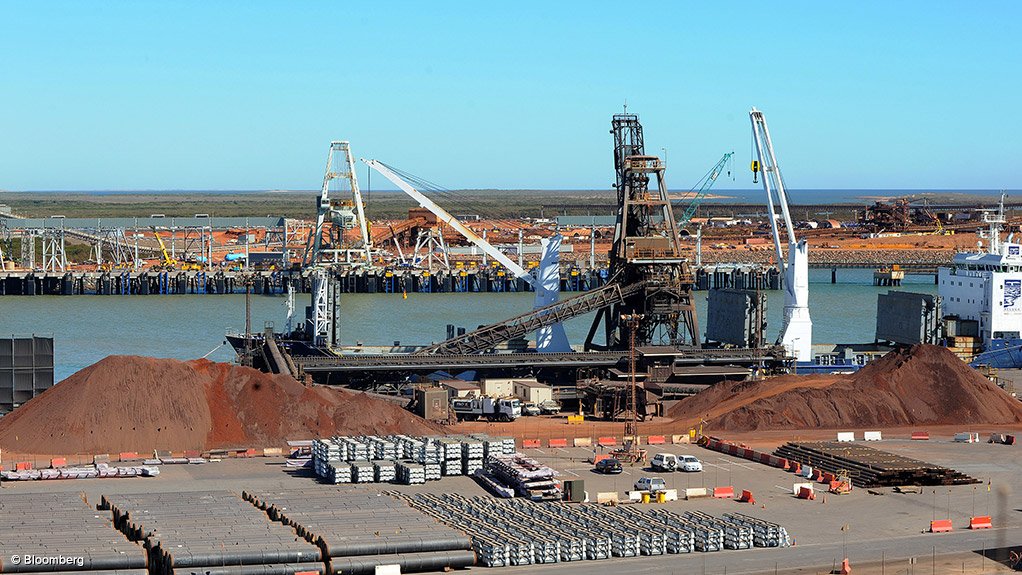PERTH (miningweekly.com) – Australia expects its resource and energy export earnings to increase by 30% to a record A$204-billion in 2016/17 on the back of higher export volumes and earnings as the mining boom continues to transition from the construction phase to the production phase.
In its latest ‘Resources and Energy Quarterly’ report, the Department of Industry, Innovation and Science Chief Economist Mark Cully stated on Monday continued demand growth from China’s steel sector and disruptions to the supply of a number of resource commodities had boosted commodity prices.
At the same time, significant investment in Australia’s productive capacity had supported strong growth in liquefied natural gas (LNG) export volumes.
Minister for Resources and Northern Australia Matt Canavan said the figures in the December 2016 Resources and Energy Quarterly underlined the importance of the resources sector to the Australian economy.
“The energy and resources sector continues to drive our economy. While all Australians have the sector to thank for export earnings, regional communities across Australia also benefit through the jobs it creates and the local investment it supports,” Canavan said.
“This forecast of record earnings from the sector will be welcome news for those regional communities, particularly as new jobs are being created as mines reopen in the coal sector.”
While the surge in bulk commodity prices had lasted longer than initially expected, given the temporary nature of many of these factors, the prices of metallurgical and thermal coal and iron-ore are expected to decline in early to mid-2017.
However, Cully noted that the production phase of the mining boom would continue in Australia, with export volumes forecast to increase in each of Australia’s top five resource and energy commodities in 2017/18, most significantly for LNG exports, which were forecast to grow a further 28% in that year.
As a result, the overall value of Australia’s resource and energy exports was forecast to remain steady at around A$202-billion in 2017/18.
Cully said that efficiency drives initiated by most producers to counter the impact of the general downturn in commodity prices meant Australia’s producers were well placed to meet demand for resources and energy over the next year.
Meanwhile, the value of committed projects fell by 12% over the 12 months to October 2016, and the outlook for resources and energy investment remained subdued over the short to medium term.
The mega projects that have been a key driving force of the investment boom have reached, or are close to reaching, completion.
Despite recent high prices, expectations of challenging operating and market conditions have resulted in delays to final investment decisions for many projects, as producers divert their focus to reducing costs and ensuring the commercial viability of existing assets.
However, Cully added that the overall prospects and opportunities for further investment in Australia’s resources and energy sector remained broadly positive, as Australia had many high-quality mineral and petroleum deposits, which could be developed when the price cycle rebounded.
Edited by: Mariaan Webb
Creamer Media Senior Deputy Editor Online
EMAIL THIS ARTICLE SAVE THIS ARTICLE
ARTICLE ENQUIRY
To subscribe email subscriptions@creamermedia.co.za or click here
To advertise email advertising@creamermedia.co.za or click here













